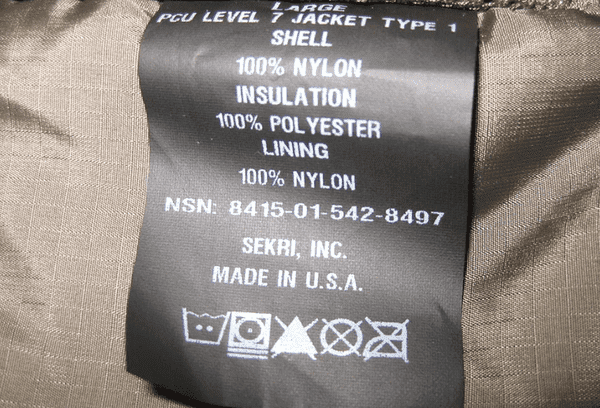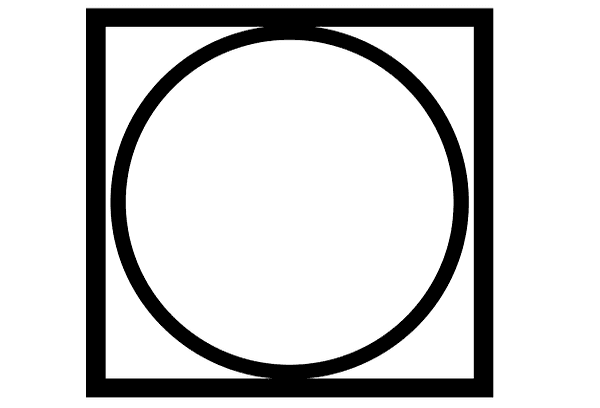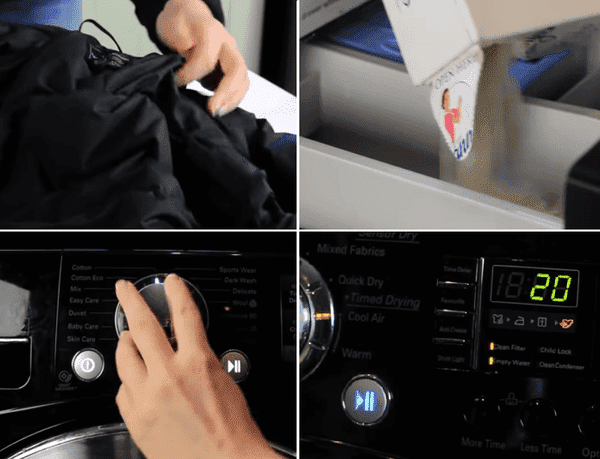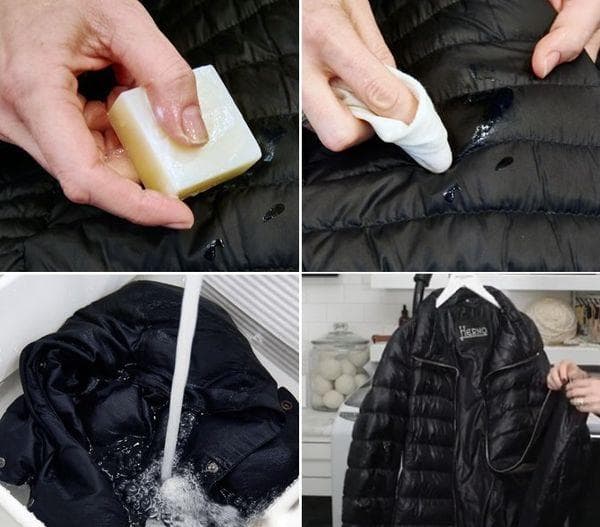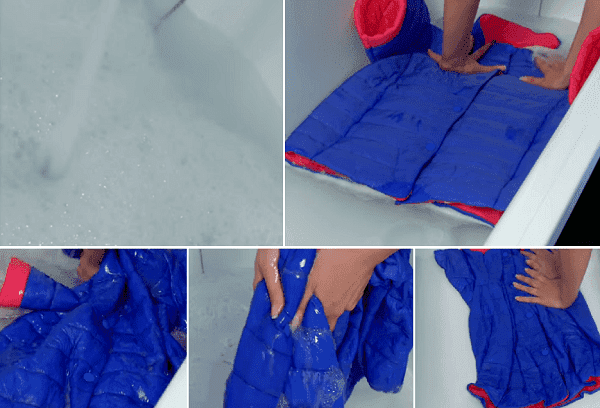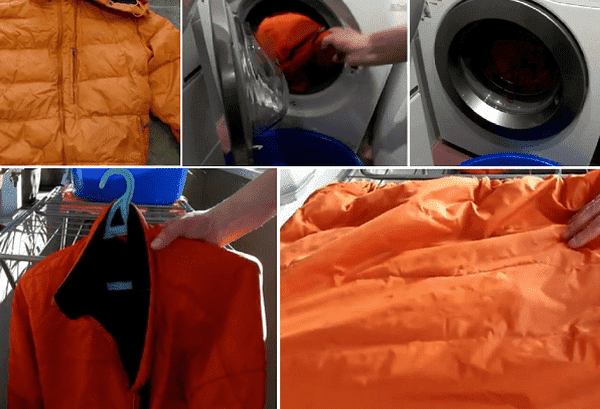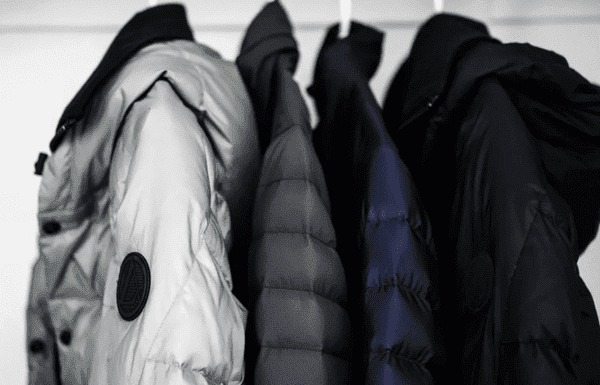How to wash polyester and items made from it in a washing machine and by hand: advice from experienced housewives
Content:
Some housewives wash polyester jackets in the washing machine in the same way as shirts or socks. They simply load the clothes into the drum, set the usual mode and press the button. And then they wonder: how can this be? A warm winter jacket has turned into a cold windbreaker. Probably defective...
To prevent this from happening, you need to wash polyester jackets correctly.
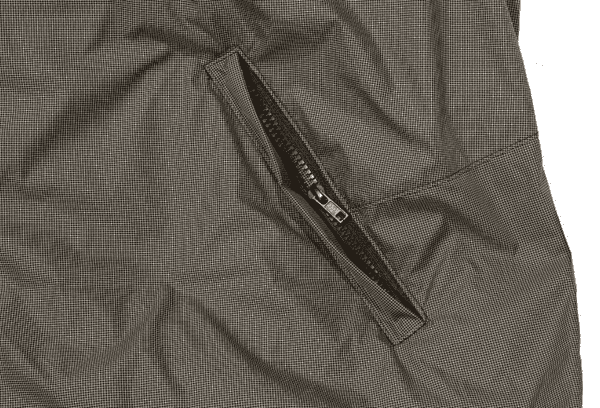
Features of the material
Polyester is an inexpensive, practical and very popular material. And this is the main problem. More than 60% of clothes are made from polyester, but it is impossible to “recognize” this fabric by sight. Polyester can look like sheer organza, lightweight raincoat fabric, or thick curtain material.
Advice. Before washing the product, read the label carefully. Perhaps what you have in your hands is not polyester at all.
Caring for polyester is easy:
- The fabric does not fade or fade.
- Can be washed both by machine and by hand.
- Things do not sag or stretch.
- Polyester is easy to remove stains from.
There are very few restrictions when washing. Polyester cannot:
- Bleach - untidy faded spots will appear;
- Wash in hot water - the fibers are deformed and the item will become “skewed”;
- Twist it too hard and the fabric will stretch.
But if you decide to wash a polyester down jacket, the situation becomes more complicated.
Preparing for washing
First, carefully study the label:
- Is there a picture of an automatic machine? Feel free to use it. The jacket is machine washable.
- Is there a basin and a palm on the label? No machines, wash by hand. We don’t twist it, we don’t rub it, we don’t squeeze it.
- The numbers on these pictograms will tell you at what temperature to process.
- Square - can be pressed in a centrifuge. A crossed out square means automatic spinning is prohibited.
- A square with an inscribed circle can be wrung out and dried in a machine.
- Circle - the manufacturer recommends chemical cleaning.
Did you find out that the jacket is washable? Great.
- Unfasten everything that can be detached: the lining, the hood, the fur trim. It is better to wash small parts by hand or not wash them at all.
- Fasten all zippers, fasteners and buttons.
- Turn the jacket inside out.
This way you will protect the product from possible damage: the buttons will not come off, and the shiny rivets will not be scratched. In addition, some cleaning products sometimes leave light streaks and stains on the fabric. If this happens to your jacket, let the stains remain on the back of the item.
How to remove stains from polyester outerwear
100% polyester fibers do not absorb pollutants. If you spill juice or coffee on your jacket, wipe the stained area with a damp cloth and the fabric will clean.
The only exception is grease stains. You can't do without a stain remover here. But polyester does not tolerate bleaching, so read the label on the bottle carefully. It should indicate for which fabrics the product can be used.
- Is there no such information? Refuse to purchase.
- There is a list of fabrics, but polyester is not mentioned there? Look for a different stain remover.
If you haven’t bought a suitable product, try regular laundry soap:
- Wet the stained area.
- Rub it with laundry soap.
- Leave for 20-30 minutes.
- Wash the soapy fabric with warm water.
Do not rub polyester with a brush under any circumstances - this will leave light spots and “shaggy” appearance on the material.
What to do if you are not sure about the safety of the stain remover
There are situations when a stain needs to be washed off “right now,” but there is only one bottle of stain remover at home, and the label has long since come off.
This simple test will tell you if the cleaner can be used on polyester.
- Moisten a cotton swab with stain remover and wipe the product in an inconspicuous place: on the inside seam, on the hem of the sleeve, on the wrong side of the zipper.
- Wait the time indicated in the instructions, rinse the jacket and dry it.
- Evaluate the result.
If there is a light stain on the fabric and the dye has transferred to the tampon, the bleach is too aggressive. It cannot be used to clean a jacket.
Choosing a detergent
Washing powder for a jacket or coat is not suitable. It is very difficult to rinse out solid fractions from dense polyester; moreover, they will settle in the insulation and on the lining. You don't want to wear clothes soaked in chemicals, do you?
To wash a polyester jacket, use liquid detergents and gels. Pay attention to the following points:
- The detergent must not contain chlorine or other bleach.
- The gel should dissolve in cool water. Many manufacturers recommend washing polyester jackets at a temperature of 30-40 O, take this into account.
And don't forget about the antistatic conditioner! Polyester outerwear is easily electrified. A good air conditioner will solve this problem.
How to wash membrane polyester
Be especially careful when washing membrane polyester!
The powder clogs the “pores”, and outerwear loses its unique properties. Therefore, use only special products designed for membrane materials.
Such things are dried exclusively in a horizontal position. Place membrane products away from direct sunlight and heating devices.
After washing, be sure to treat the jacket with a special impregnation - it is sold in sporting goods stores. This is the only way to preserve all the beneficial properties of the fabric.
Washing a polyester jacket with different fillings
First of all, look at the label. What material did the manufacturer use to insulate your jacket? Is it pure synthetic? Or maybe natural fluff? Cotton? Sheep or camel wool?
Figure out what you'll have to wash and act accordingly.
Synthetic filler
Bio-fluff, also known as Thinsulate, synthetic padding, hollfiber - all this is synthetic. But there are nuances:
- Sintepon and holofiber cannot withstand frequent washing. The fibers of the material stick together, and the jacket becomes cold and thin.
- Bio-fluff is not afraid of water and does not stick together. It is washed as often as required.
Clothes with insulation should be dried in a horizontal position. In this case, the filler will not slide down under its own weight.
Cotton
Please note: cotton, also known as batting, is not at all the same as cotton filling.
Clothing with cotton insulation cannot be washed at home. But cotton filling is possible. But only in warm water and only with minimal spin.
Dry such things by laying them out on a horizontal surface.
Natural fluff
Excellent insulation: lightweight and very warm. But when washing it can form into lumps.
To prevent this from happening:
- Use special detergents for washing down jackets.
- Read the instructions for your washing machine. Perhaps there is a “Down Jacket” mode. If it is not there, choose the usual “Delicate mode”.
- Place special rubber laundry balls or at least tennis balls in the machine. They will "jump" on the drum and break up clumps of fluff. Use 3 to 5 balls.
- Dry the down jacket horizontally.
After washing, be sure to fluff up the matted insulation. To do this, use the most ordinary beater - the one used to beat dust out of carpets.
- Place the completely dry down jacket on the bed.
- Cover it with a clean cloth. It will protect the down jacket from strong impacts - they can tear the polyester.
- “Knock out” the down jacket in the same way as you beat out a carpet. Your task is to break up the clumps of fluff and fluff them up, filling them with air.
Pat the entire surface of the product thoroughly, and then turn it over and work on the other side.
Natural wool
If the filler contains more than 50% natural wool, the products cannot be washed. You will have to use dry cleaning.
If there is less than half natural wool, the jacket is washed in the same way as a down jacket - on a delicate cycle and with balls. And then they treat it with a beater to break up the hairballs.
Handwash
Warm clothes are quite bulky things, so choose a spacious container: a large basin, a baby bath or a very ordinary bathtub.
- Fill the container with warm water. The temperature can be checked by dipping your elbow into the basin. If you feel a slight warmth or nothing at all, the water is fine for washing.
- Add detergent to the container according to the instructions. Stir the gel until completely dissolved.
- Dip your jacket in water and leave for half an hour.
- Carefully, with gentle movements, remember the product. Do not rub it like regular cotton fabric, do not squeeze or twist. You can rub the most contaminated places: cuffs, elbows, the inside of the collar, but do it very carefully.
- Drain the water and lightly press the jacket to remove excess moisture.
- Rinse the product thoroughly. The process will have to be repeated 5-6 times, no less. Monitor the condition of the water: when you see that there is no detergent left in it, you can take out the jacket.
- Place the clean item in the sink and leave for a couple of hours. Most of the water will go into the drain, which means it will be easier to hang the product.
Advice. Lay out the washed jacket on a flat surface with terry towels underneath. The fabric will absorb excess water, the clothes will become lighter - which means they will not stretch when you hang them to dry.
Washing in a washing machine
First of all, make sure that your machine can handle such a load. A wet jacket for an adult weighs 5-6 kilograms. If your machine does not pull more than 5 kilograms, take your clothes to the dry cleaner. Don't risk expensive equipment.
To wash polyester clothes, use the “gentle wash” program. In this mode:
- The machine does not spin things out in a centrifuge, but simply drains water.
- Rotates the drum slowly and carefully, without shaking or stirring the contents.
Ideal temperature range – from 30 to 40 O. Warm water does a good job of removing dirt without deforming the fabric or clumping the insulation.
The cleansing effect is achieved mainly through soaking. The clothes lie in the soapy water for a long time, then the machine turns the drum a couple of times and quiets down again, allowing the dirt to dissolve. Some housewives are sure that such washing is not effective, but believe me: for synthetic jackets this is an ideal option.
Follow the instructions on the label! The manufacturer will not give bad advice.
How to dry a jacket after washing
In most cases, manufacturers recommend drying your jacket naturally:
- Hang the product on a rope or hanger. Try to smooth the jacket so that there are no wrinkles in the fabric.
- Place it over the bathtub or place a basin: water will drain from the jacket.
- Leave the product until completely dry.
If you want to speed up the process, lightly press the bottom of the jacket with your hands from time to time to remove excess moisture.
Never hang your jacket on heating devices or on a radiator. Polyester will “lead” in the hot air and the fabric will become deformed. Some housewives try to cheat: they dry the jacket with hot air from a hairdryer or heater, or turn on electric fireplaces. Such methods are also dangerous. You will not be able to control the heating of the air, which means you risk ruining an expensive item.
Advice. If you need to speed up the drying process, use regular terry towels. Blot the product with them and hold so that the fabric absorbs the water.
If you wash winter clothes in the summer, take them out to the balcony to dry. Just make sure that direct sunlight does not hit the fabric.
Caring for polyester outerwear
Again, we recommend looking at the label! Manufacturers always indicate whether polyester can be ironed.
If a crossed out iron is shown on the label, heat treatment cannot be carried out.
An iron with one point means that polyester can be ironed, but at a minimum temperature.
Two dots indicate the average heating temperature of the iron, and three dots indicate the maximum temperature. But for synthetic fabrics such modes are used extremely rarely.
If your clothes can still be ironed, be sure to play it safe using grandma’s old method:
- Moisten a large piece of gauze with water.
- Place the product on the ironing board.
- Cover a small area of the jacket with gauze.
- Iron it without pressing the iron.
- Move the gauze a little further and repeat the procedure.
If you try to iron polyester directly, shiny "bald patches" may appear on the fabric. It is impossible to remove them.
Cleaning a polyester jacket is not as difficult as it seems. Take your time, be careful - and in a couple of days your clothes will be as good as new.
